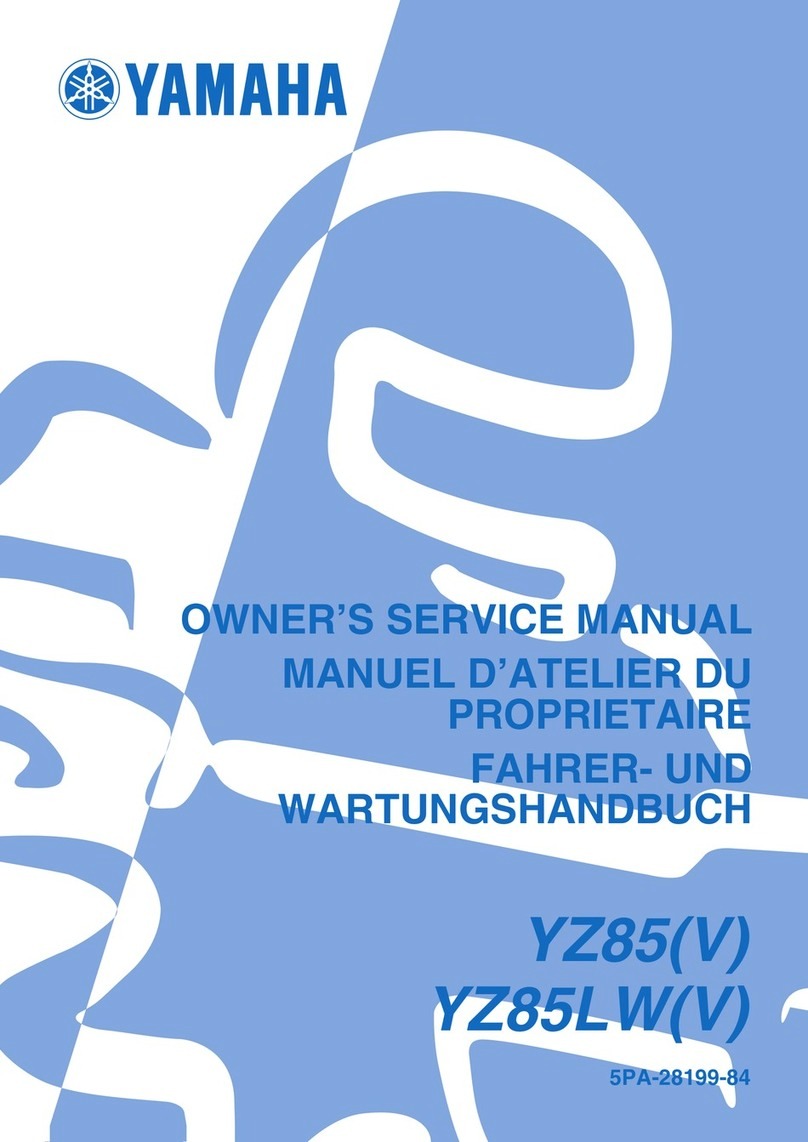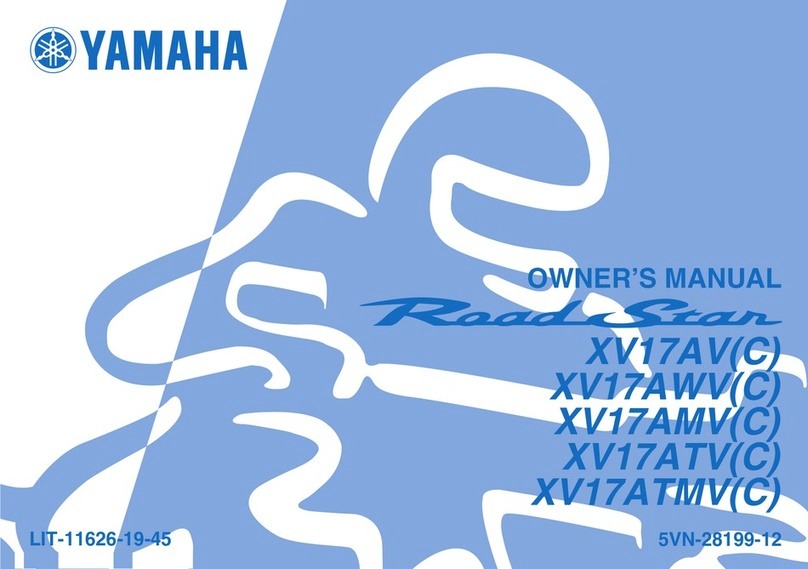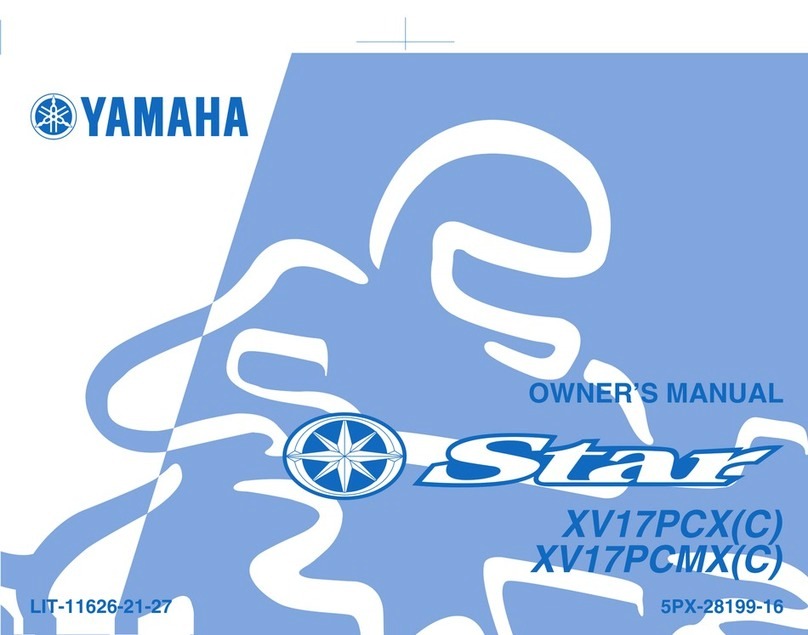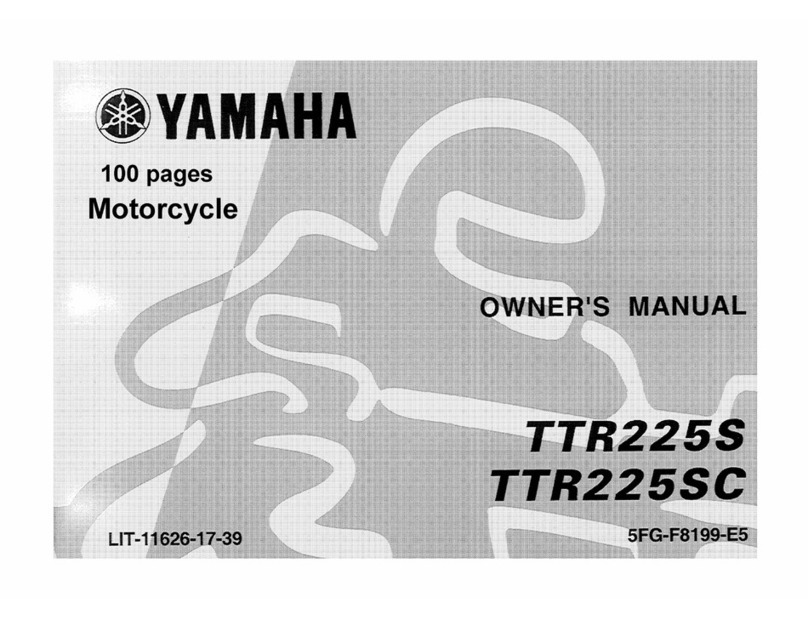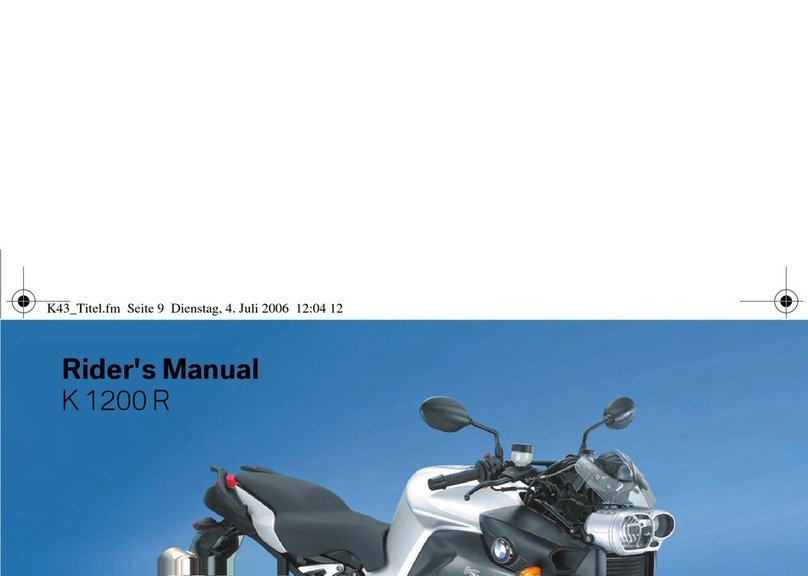Yamaha 2009 YZF-R1 (Y) User manual
Other Yamaha Motorcycle manuals

Yamaha
Yamaha YZ250(W)/W1 Application guide

Yamaha
Yamaha FZS1000N User manual
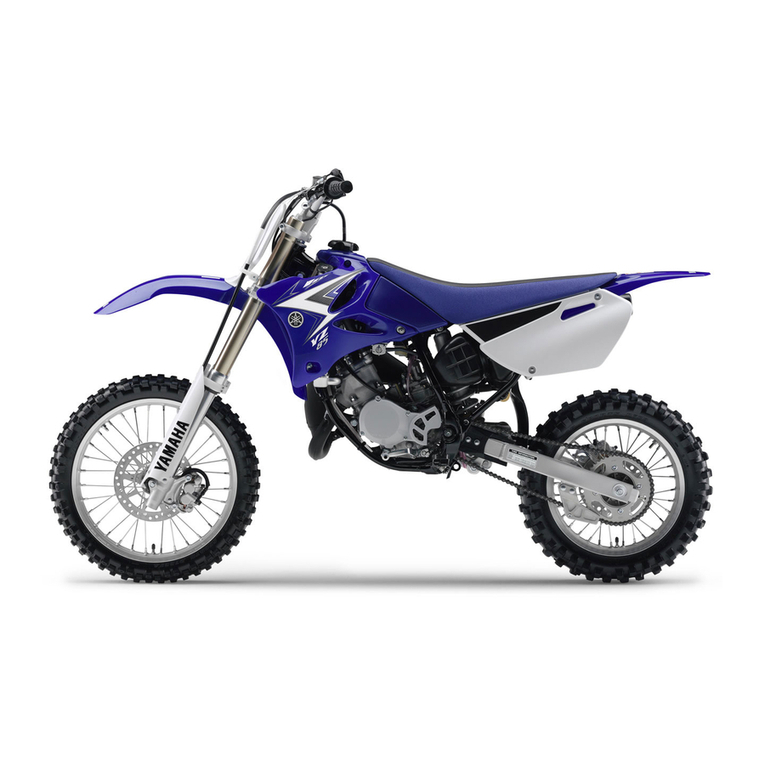
Yamaha
Yamaha YZ85(A) User manual
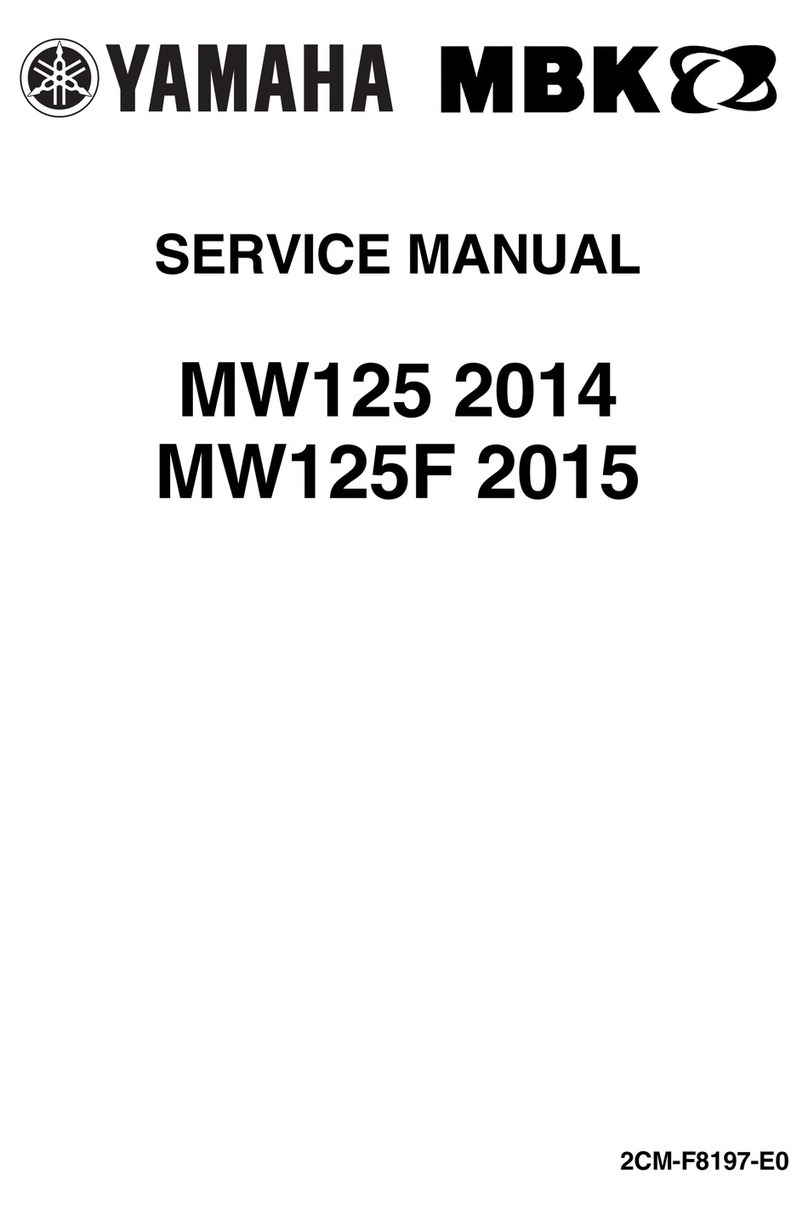
Yamaha
Yamaha MBK MW125 2014 User manual
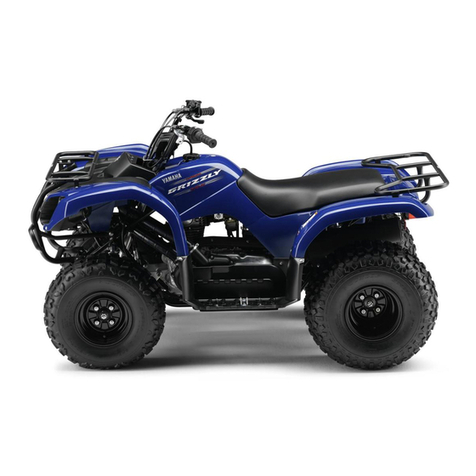
Yamaha
Yamaha YFM125S User manual
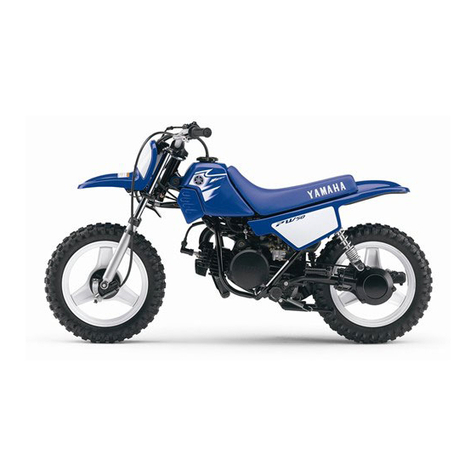
Yamaha
Yamaha PW50(X) User manual

Yamaha
Yamaha YZ250F X 2008 Application guide
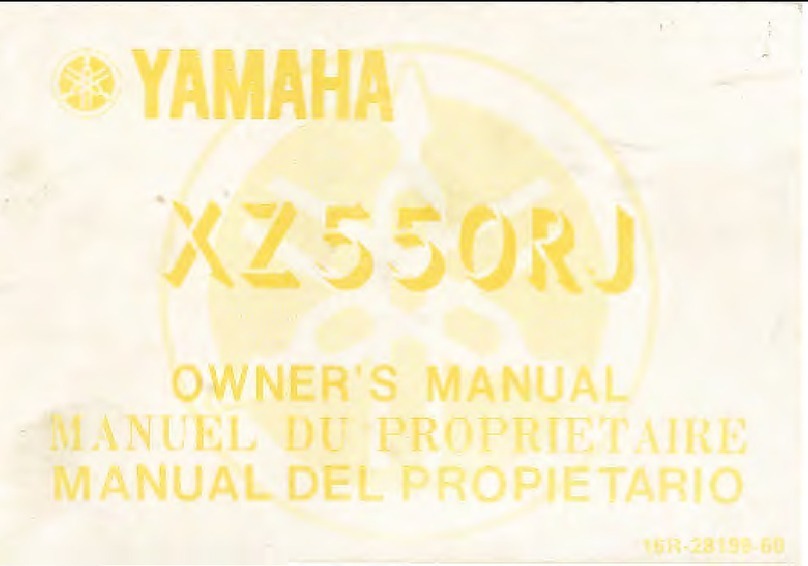
Yamaha
Yamaha XZ550RJ 1982 User manual
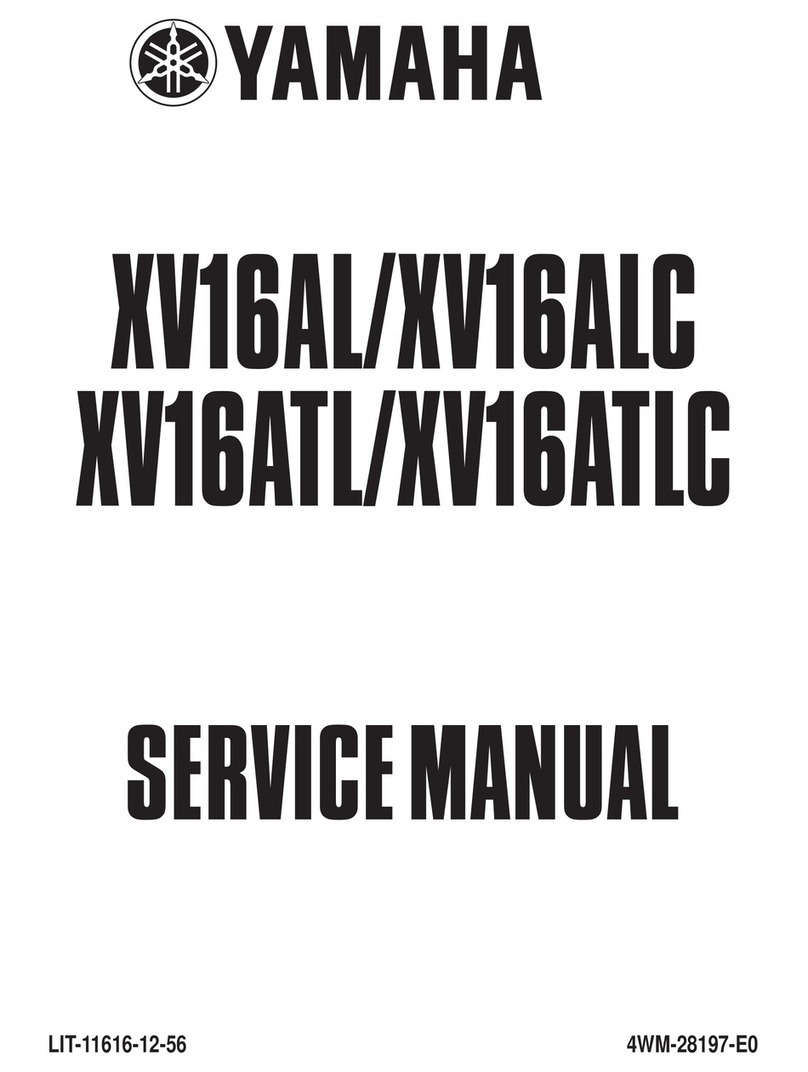
Yamaha
Yamaha XV16AL User manual
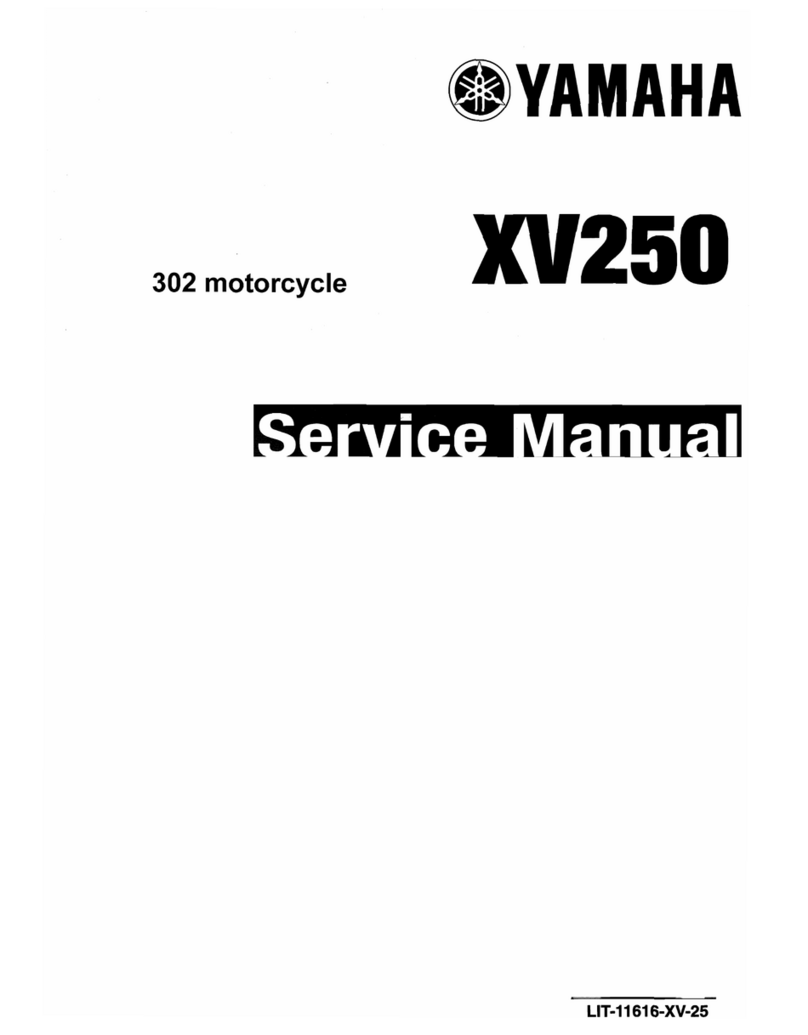
Yamaha
Yamaha XV250G Manual
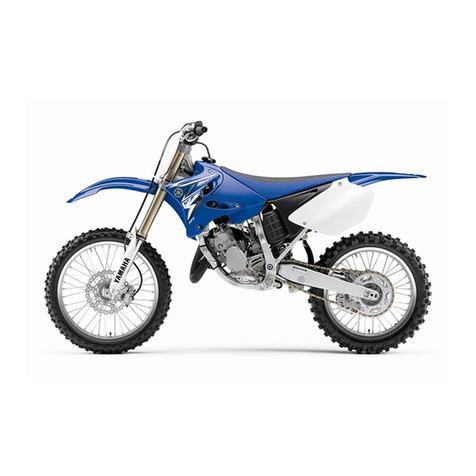
Yamaha
Yamaha YZ125(P)/LC Application guide

Yamaha
Yamaha MT 10 User manual
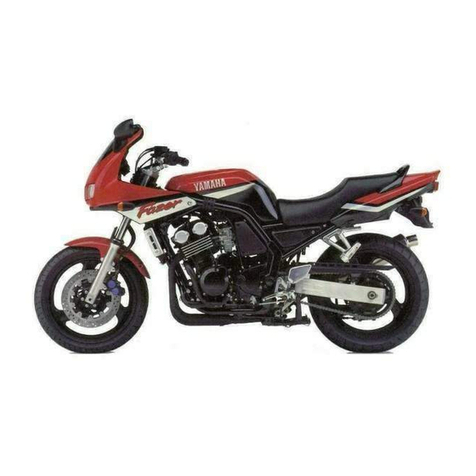
Yamaha
Yamaha FZS600 2000 Manual
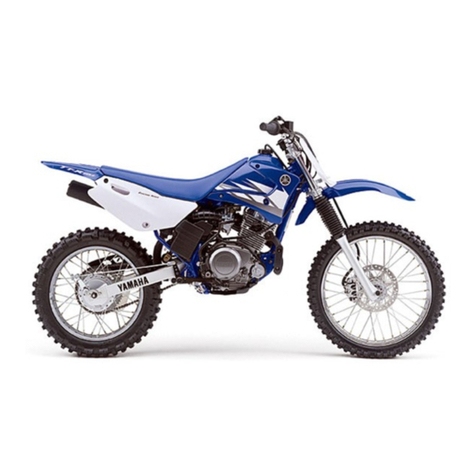
Yamaha
Yamaha TT-R125(N) Application guide
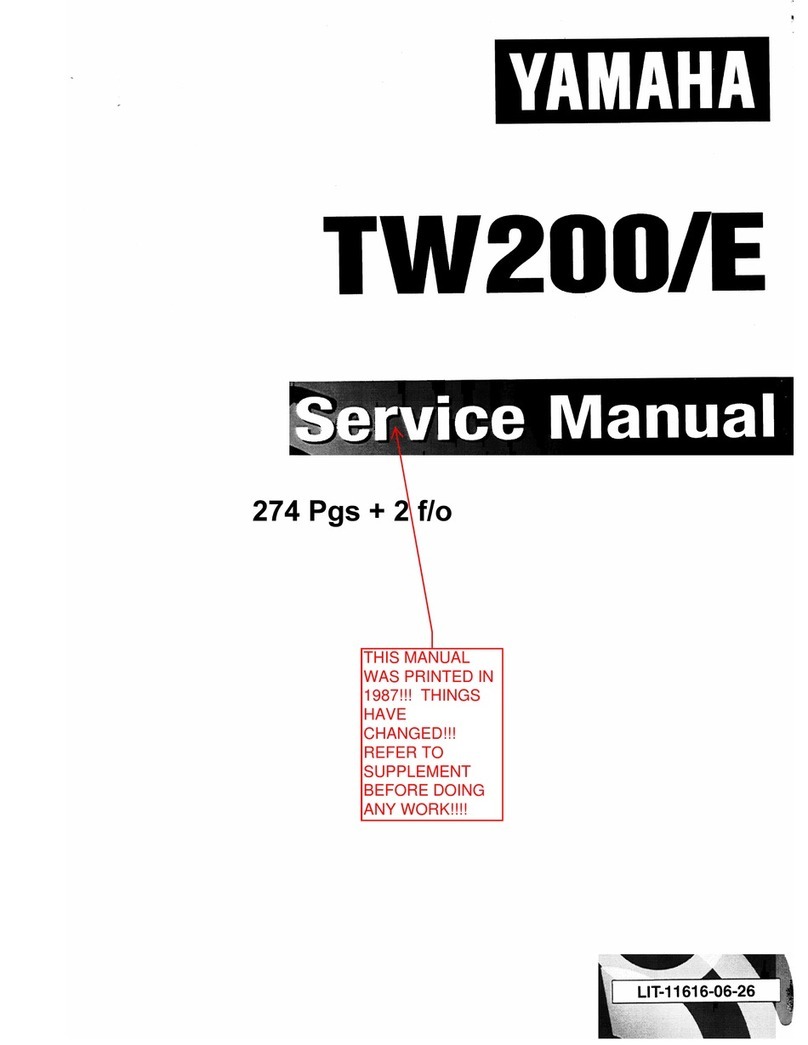
Yamaha
Yamaha TW200 User manual
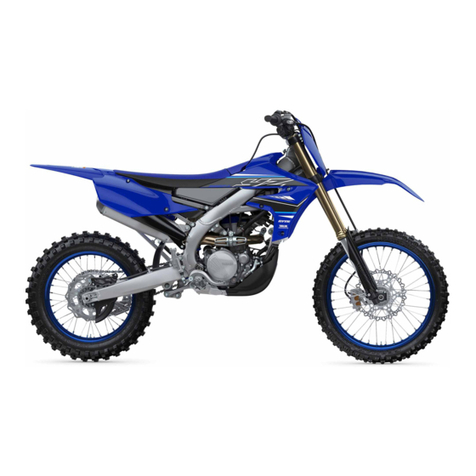
Yamaha
Yamaha YZ250FX 2021 User manual
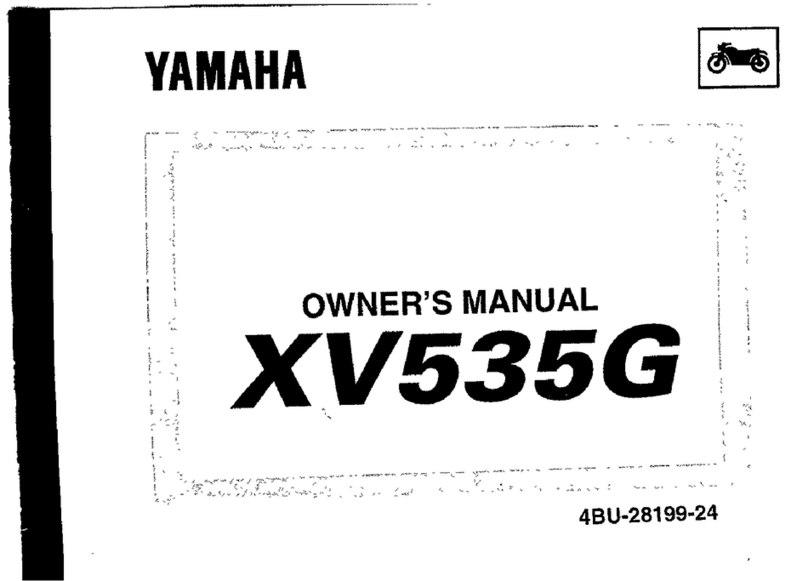
Yamaha
Yamaha 1995 XV535G User manual
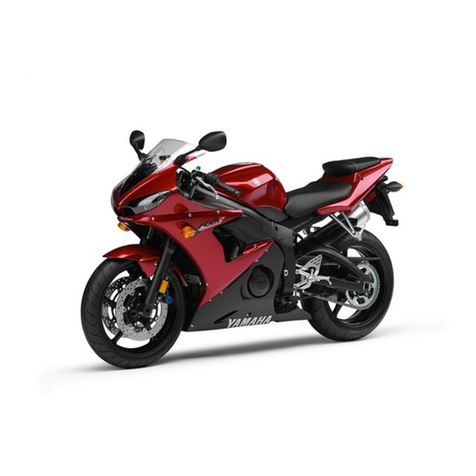
Yamaha
Yamaha R6S User manual
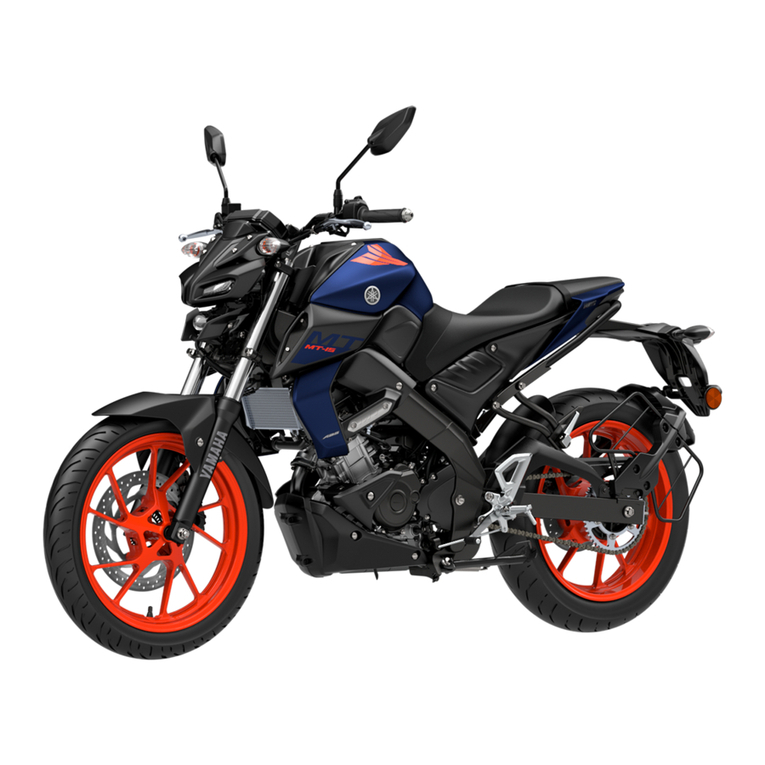
Yamaha
Yamaha MT-15 User manual
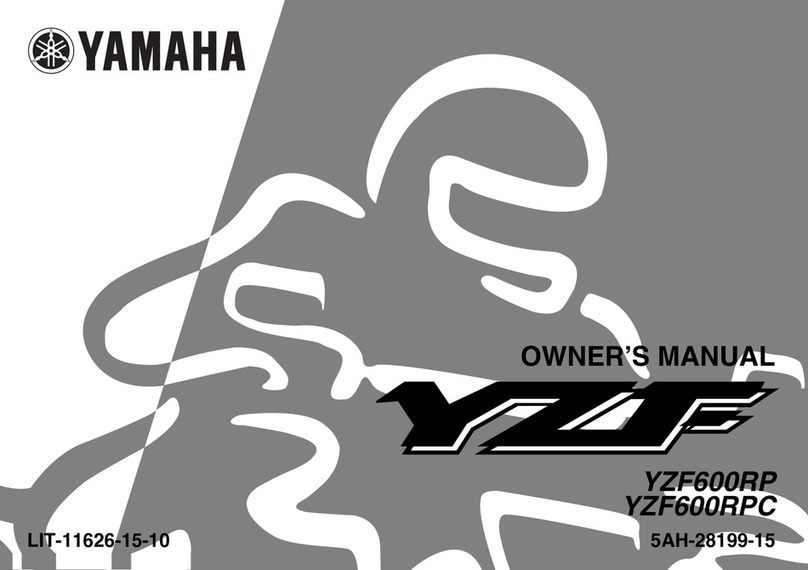
Yamaha
Yamaha YZF600RP User manual
